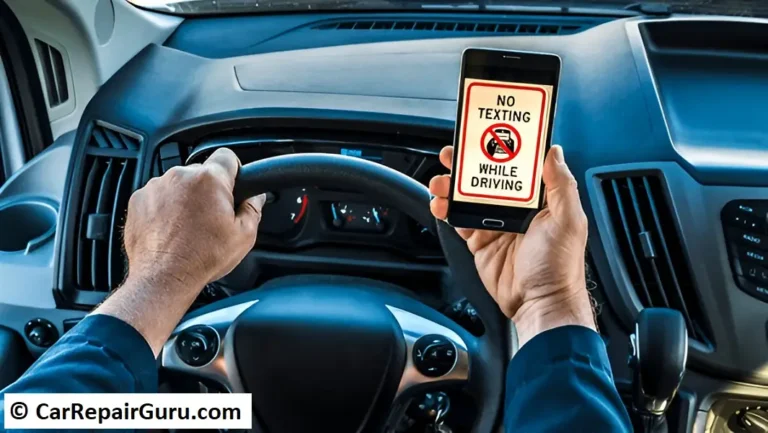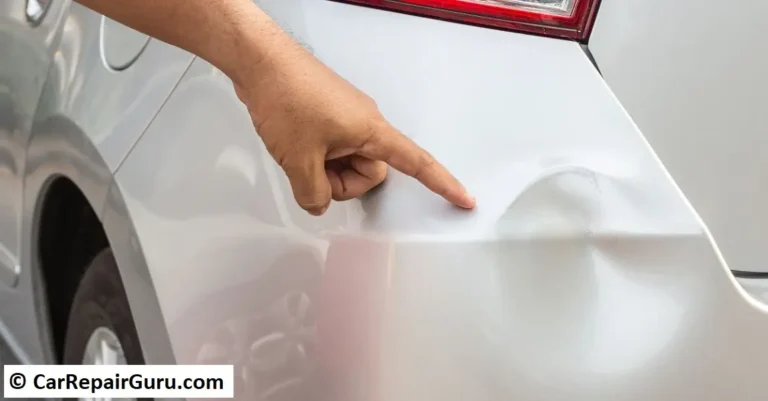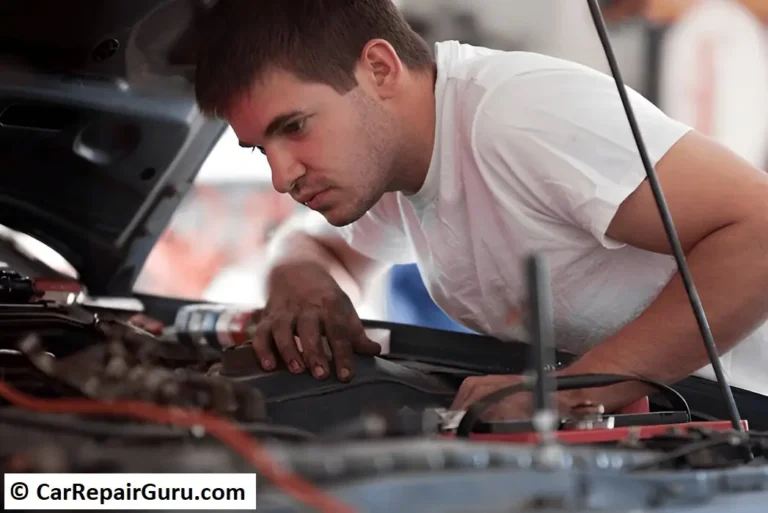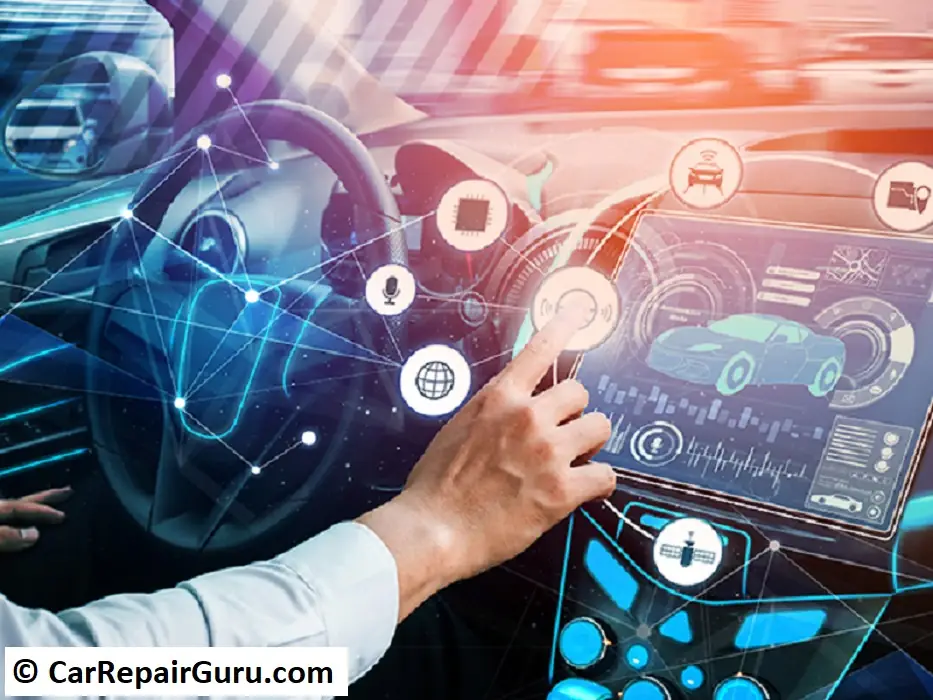
staying up-to-date with car technology tips can transform the way you drive. Modern vehicles are equipped with cutting-edge features designed to make driving safer, more efficient, and more enjoyable. But with so many innovations, it’s easy to feel overwhelmed or underinformed about how to maximize these tools.
Understanding car technology isn’t just about convenience—it’s about empowering yourself as a driver. Advanced systems like adaptive cruise control and automatic emergency braking are lifesavers in unexpected situations. Meanwhile, technologies like in-car connectivity and navigation tools help simplify your daily commute, ensuring you stay connected without distractions.
This guide will walk you through essential car technology tips, highlighting features that enhance safety, boost efficiency, and elevate your driving experience. Whether you’re a tech enthusiast or a casual driver, knowing how to leverage these advancements can make every journey smoother and more secure.
Advanced Driver-Assistance Systems (ADAS)
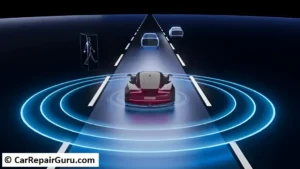
What is ADAS?
Advanced Driver-Assistance Systems (ADAS) are a suite of technologies designed to improve driving safety and comfort. These systems rely on sensors, cameras, and cutting-edge software to assist drivers in making better decisions.
Core Features of ADAS
- Adaptive Cruise Control: Automatically maintains a safe following distance by adjusting your car’s speed based on the vehicle ahead.
- Lane-Keeping Assist: Helps keep your car centered in its lane by gently adjusting the steering if you begin to drift.
- Automatic Emergency Braking: Activates in response to potential collisions, helping to prevent accidents or reduce impact severity.
Benefits of ADAS for Safety
ADAS minimizes the risk of accidents caused by human error, offering extra layers of protection during critical driving scenarios. These systems alert drivers to hazards, provide corrective actions, and improve overall reaction time, making roads safer for everyone.
Optimizing ADAS Features for Daily Driving
- Familiarize yourself with your vehicle’s ADAS settings and capabilities by consulting the user manual.
- Adjust sensitivity settings, such as following distances for adaptive cruise control, to suit your driving habits.
- Always stay engaged—these systems are designed to assist, not replace, drivers.
By incorporating car technology tips like these, you can ensure you’re leveraging the full potential of ADAS. With proper use, these tools can transform your driving experience, offering enhanced safety and convenience on every journey.
In-Car Connectivity and Entertainment
Modern vehicles are more connected than ever, thanks to technologies like Apple CarPlay, Android Auto, and Bluetooth. These features enhance convenience and safety by allowing drivers to stay connected without losing focus on the road. Here’s how you can set them up and make the most of them.
How to Set Up Apple CarPlay, Android Auto, and Bluetooth
Setting up in-car connectivity is straightforward:
- Apple CarPlay: Plug your iPhone into the car’s USB port. If your vehicle supports wireless CarPlay, enable Bluetooth and Wi-Fi on your phone and follow the pairing prompts.
- Android Auto: Use a USB cable or wireless connection (if supported). Install the Android Auto app if it’s not preloaded, then follow the on-screen instructions.
- Bluetooth: Enable Bluetooth on both your car and device, search for the car’s system on your phone, and pair the devices.
Tips to Avoid Distractions and Optimize Hands-Free Functions
Using in-car technology responsibly is essential. Keep these tips in mind:
- Configure shortcuts for frequently used apps like navigation or music to minimize screen interactions.
- Use voice commands to make calls, send messages, or set navigation routes.
- Mute unnecessary notifications to stay focused on driving.
Enhancing Your In-Car Experience with Voice Assistants
Voice assistants like Siri, Google Assistant, or Alexa are game-changers for hands-free control. Activate them to perform tasks such as:
- Playing your favorite playlists or podcasts.
- Asking for real-time traffic updates.
- Setting reminders or managing your calendar while on the go.
By following these car technology tips, you can transform your vehicle into a fully integrated hub for communication and entertainment. This not only improves convenience but also helps you maintain a safer and more enjoyable driving experience.
Navigation Systems for Better Driving

Reliable navigation systems are essential for stress-free driving, helping you find the fastest and safest routes to your destination. Whether you use built-in GPS or popular apps like Google Maps and Waze, each option offers unique advantages.
Built-in GPS vs. Navigation Apps
Built-in GPS systems are directly integrated into your car, providing features like larger displays and offline functionality. They’re perfect for areas with poor cellular coverage. However, navigation apps like Google Maps and Waze stand out for their real-time updates, user-friendly interfaces, and frequent software improvements. These apps are often more accurate in urban settings, thanks to their ability to crowdsource live traffic data.
Maximizing Route Efficiency
To get the most from your navigation system, take advantage of live traffic updates and alternate route suggestions. Apps like Google Maps notify you of accidents, construction, or congestion ahead, allowing you to adjust your route on the fly. Setting preferences for toll-free or eco-friendly routes can also save money and reduce emissions.
Updating Navigation Software
Outdated navigation software can lead to inaccuracies, such as missing roads or incorrect traffic patterns. Regularly update your car’s built-in GPS or ensure that your app is running the latest version. This ensures that you always have access to the most reliable maps and features.
Incorporating these car technology tips into your driving routine ensures smoother journeys and helps you avoid unnecessary delays. Whether you rely on built-in systems or apps, keeping your navigation tools up-to-date is key to better driving.
Improving Vehicle Security Through Technology
Modern vehicle security has come a long way, with technology like keyless entry and advanced alarm systems offering convenience and protection. However, these innovations are not without vulnerabilities, making it crucial to stay informed and take preventive measures.
Keyless Entry and Its Vulnerabilities
Keyless entry systems allow you to unlock and start your car without a traditional key. While convenient, these systems are susceptible to relay attacks, where thieves use devices to amplify the signal from your key fob, gaining unauthorized access to your vehicle.
Tips to Prevent Car Theft
- Use a Faraday Bag: These specialized pouches block signals from your key fob, preventing relay attacks. Always store your key fob in a Faraday bag when not in use.
- Secure Parking: Whenever possible, park in well-lit, monitored areas or secure garages. Avoid isolated or dimly lit spots that make your car an easy target.
- Steering Wheel Locks: Adding physical barriers, like steering wheel locks, can deter thieves by making your vehicle more challenging to steal.
Utilizing Advanced Alarm and Surveillance Systems
Investing in advanced security technology can further protect your car:
- Alarms: Modern car alarms are equipped with sensors that detect unusual movement, glass breaking, or tampering. Ensure your alarm system is active and properly configured.
- GPS Tracking: Install a GPS tracker to monitor your vehicle’s location in real-time, which is invaluable in case of theft.
- Dash Cams with Parking Mode: Many dash cams now feature parking mode, recording any suspicious activity near your car when it’s parked.
By implementing these car technology tips, you can significantly enhance your vehicle’s security. While technology makes cars more advanced, it also requires proactive measures to counter emerging threats. With a combination of keyless entry precautions, secure parking habits, and modern security devices, you can ensure your vehicle remains safe and secure.
Tips for Fuel Efficiency with Modern Tech

Maximizing fuel efficiency is a priority for many drivers, especially with the rising costs of fuel. Modern car technologies provide innovative ways to conserve energy, reduce emissions, and save money. Here are some practical car technology tips to improve fuel efficiency using advanced features and tools.
Using Eco-Driving Modes and Understanding Hybrid Systems
Many cars today come with eco-driving modes that adjust engine performance, air conditioning, and transmission settings to prioritize fuel economy. Switching to this mode during city commutes or moderate-speed driving can lead to significant savings.
For hybrid vehicle owners, understanding the interplay between the gas engine and electric motor is essential. Most hybrids operate optimally when acceleration is gradual and braking is smooth, as these actions recharge the battery through regenerative braking.
Maintenance Tips to Boost Fuel Efficiency
Regular maintenance is critical for optimal performance and fuel efficiency. Some key tips include:
- Keeping tires properly inflated to reduce rolling resistance.
- Replacing air filters regularly to ensure efficient airflow to the engine.
- Using the manufacturer-recommended grade of motor oil for better engine efficiency.
Monitoring Driving Habits with Smart Apps
Smartphone apps and built-in car systems can track driving habits and suggest improvements. Apps like Fuelly or car-specific telematics systems analyze data such as acceleration, braking, and idling times. They provide actionable insights to help you adopt smoother, fuel-efficient driving habits.
By combining eco-driving technology, proper maintenance, and real-time monitoring, you can significantly enhance your vehicle’s fuel efficiency. Implementing these car technology tips not only saves money but also contributes to a greener, more sustainable driving experience.
Staying Updated on Automotive Software
Keeping your car’s software updated is as crucial as regular maintenance. With modern vehicles relying on advanced systems for navigation, safety, and performance, software updates ensure everything runs smoothly and securely. Staying informed about updates can protect your car from vulnerabilities and enhance its functionality.
Why Regular Updates Are Critical
Automotive software updates often address critical issues, including bug fixes, improved compatibility, and new features. For example, updates to Advanced Driver-Assistance Systems (ADAS) can improve their responsiveness and accuracy, while navigation updates ensure access to the latest maps and traffic patterns. Additionally, manufacturers frequently release updates to patch cybersecurity vulnerabilities, protecting your vehicle from potential hacking attempts.
Steps to Ensure Your Car’s Software Stays Updated
- Check the Owner’s Manual: Refer to your car’s manual to understand the update process for your specific model. Some cars require USB updates, while others can perform over-the-air (OTA) updates.
- Enable Notifications: If your car supports OTA updates, enable notifications so you’re alerted when a new update is available.
- Visit the Dealership: For older models, software updates may need to be performed at the dealership. Schedule regular maintenance to ensure your vehicle’s systems are up to date.
- Use Manufacturer Apps: Download your car manufacturer’s app, which often provides reminders and details about available updates.
By following these car technology tips, you can ensure your vehicle remains safe, efficient, and equipped with the latest features. Regular software updates not only enhance your driving experience but also extend the life of your car’s advanced systems.
Conclusion
Modern car technology has revolutionized the way we drive, offering unparalleled safety, efficiency, and convenience. From Advanced Driver-Assistance Systems (ADAS) to cutting-edge navigation tools, these innovations are designed to enhance your driving experience and make the roads safer for everyone. By staying informed and utilizing these car technology tips, you can unlock the full potential of your vehicle’s capabilities.
Whether it’s optimizing fuel efficiency with eco-driving modes, preventing distractions with voice-activated systems, or staying secure with advanced alarms, each step contributes to a more enjoyable and responsible journey. Embracing regular software updates and leveraging smart apps further ensures that your car performs at its best.
Explore these tips, implement them in your daily routine, and experience the difference that modern technology brings. Safe, efficient, and smart driving is now more accessible than ever—don’t miss the opportunity to make the most of it.
Car Technology Tips FAQ
Q1: What are the must-have car technologies for 2024?
A1: The top car technologies include advanced ADAS systems, in-car connectivity options like Apple CarPlay, and security features such as keyless entry safeguards.
Q2: How can I improve my car’s fuel efficiency using technology?
A2: Use eco-driving modes, maintain proper tire pressure, and monitor driving habits with fuel-efficiency tracking apps.
Q3: How do I keep my vehicle’s software updated?
A3: Regularly check your car manufacturer’s app or website for update notifications, or consult your dealership.
Q4: Are keyless entry systems safe?
A4: While convenient, they are prone to hacking. Use Faraday bags to block signals and consider adding secondary locks for extra protection.
Q5: Why is navigation system maintenance important?
A5: Regular updates ensure accurate routes and access to the latest traffic information, helping save time and fuel.
